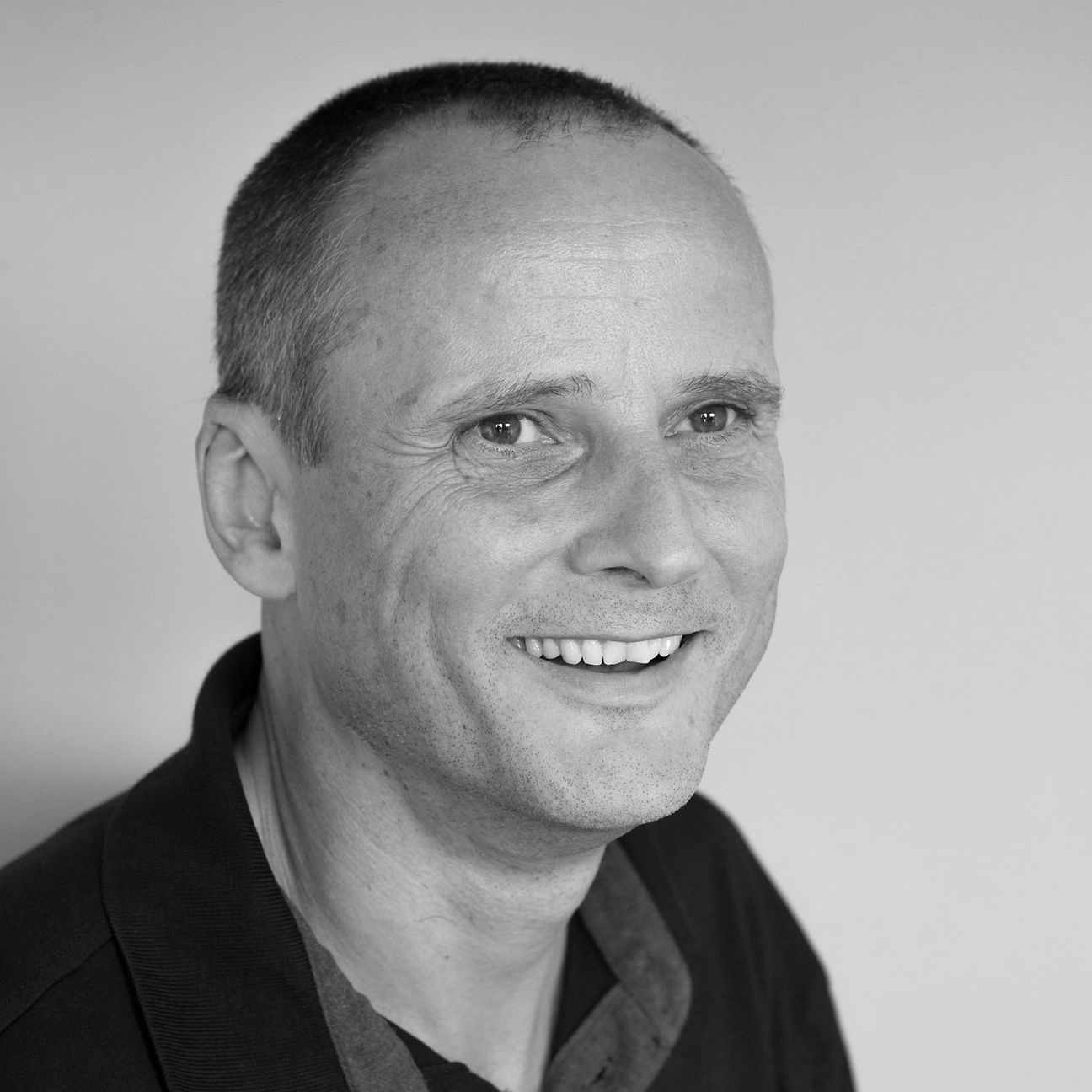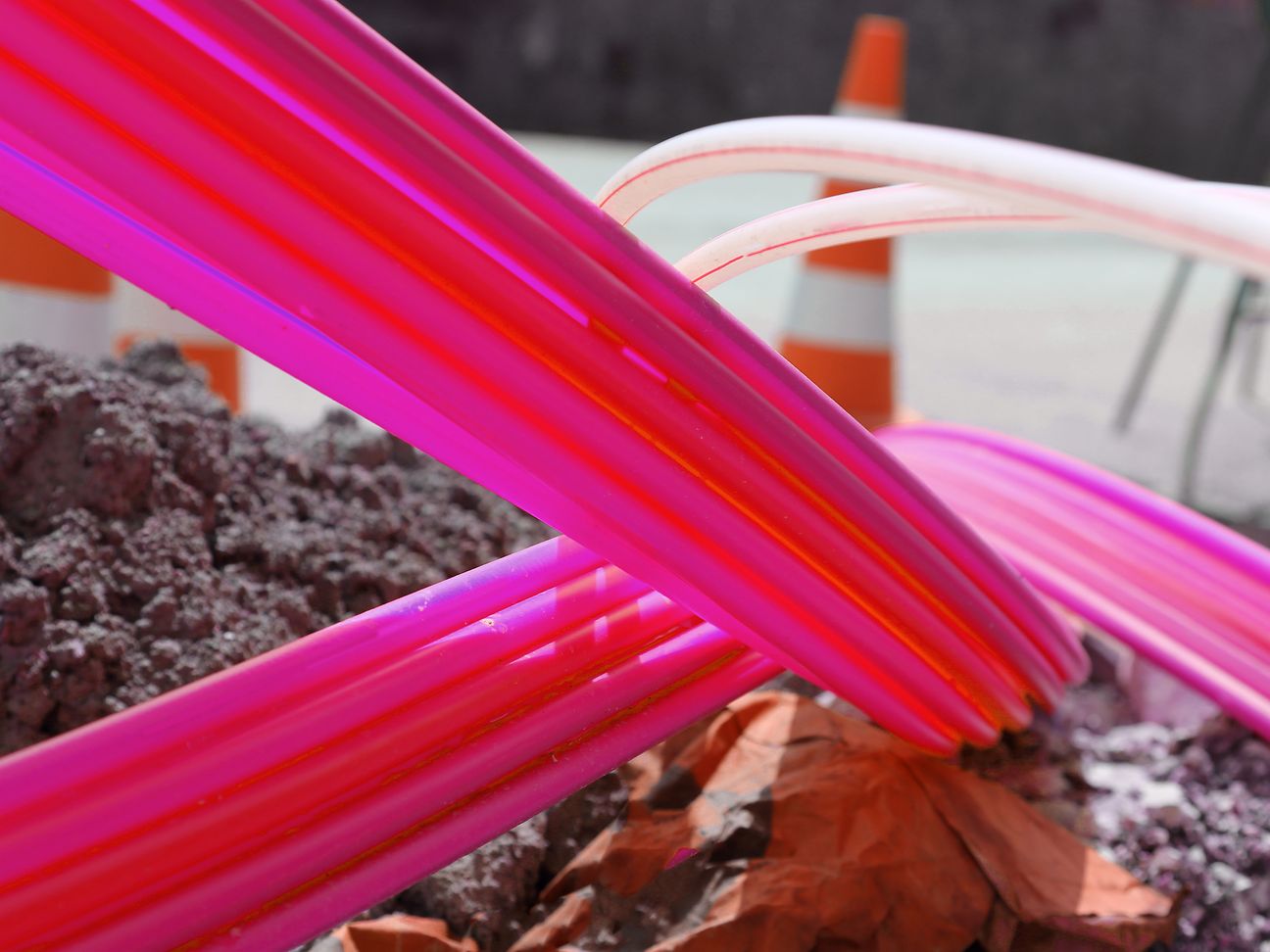

Record year for fiber-optic expansion
- More than 2.5 million new VDSL households
- 40,000 kilometers of optical fiber installed
- Potential for even faster broadband expansion in 2018
- 455,000 km of optical fiber already laid in Germany
Deutsche Telekom is driving the broadband expansion in Germany forward faster than any other company, as the numbers for the soon-ending year 2017 impressively document. After installing some 30,000 km of fiber-optic cables in each of the years 2015 and 2016, the company passed the 40,000 km mark for the first time in 2017. That means Deutsche Telekom installed more kilometers of fiber-optic cables in a single year than the entire length of the federal road network in Germany. The fiber-optic network is 455,000 km long in Germany alone. "We aren't only building information superhighways between major metropolises and population centers; our network also extends to the countryside. We are the only company pursuing comprehensive broadband expansion," says Tim Höttges, CEO of Deutsche Telekom. "Some of our upgrade projects serve tens of thousands of households, while others serve just a handful. For us, every line counts. In Berlin, Hamburg, and Munich, but also in Byhleguhre-Byhlen, Caputh, and Sacka." The upgrades entailed installing 25,000 multifunctional cabinets and connecting them with fiber-optics. Stacked end to end, they would reach 50 times higher than the Burj Khalifa, the world's tallest building. As part of its broadband expansion efforts, Deutsche Telekom dug some 240,000 building and assembly pits in 2017, enough to fill nearly 13,000 semis.
Deutsche Telekom supplied more than 2.5 million new households with VDSL in 2017, bringing the total number served to around 30 million. Deutsche Telekom sold more than a million new broadband connections this year.
The company also continued to make progress in cellular upgrades. LTE service increased to more than 93 percent of the total population in the past year. Counting all cellular standards, 99.8 percent of the population is now covered.
2018: The best is yet to come
"Our upgrade engine is running at full speed, but we will still try to switch to a higher gear – if the situation allows it," says Walter Goldenits, Chief Technology Officer at Telekom Deutschland. "We want to boost the amount of newly installed fiber-optic cable to 60,000 km. But that will only be possible if we switch to alternative installation methods, such as furrowing, above-ground installation, and trenching. Our targeted amount will be difficult to achieve with conventional underground construction alone."
In addition to network expansion, network upgrades will also play a central role. Decisions were made in 2017 regarding the deployment of vectoring in development areas and rollout in areas near local exchanges (sometimes referred to as "nearshore areas"). By the first two quarters of 2018, several hundred thousand households in former development areas will enjoy speeds of up to 100 Mbps download and up to 40 Mbps upload, thanks to vectoring. This will be done at no additional cost to the municipalities and with no excavation-based inconvenience to residents. Effective immediately, speed is automatically a component of all Deutsche Telekom bids for official tenders.
The expansion of the nearshore areas will take place in parallel. By 2020, Deutsche Telekom plans to retrofit some 7,200 nearshore areas, which will involve laying some 5,700 km of fiber-optic cable and installing 30,000 multi-service access nodes (MSANs).
As part of the all-IP conversion, some 4.25 million households in around 50 major cities were supplied with faster Internet connections in 2017. An additional 1.75 million households will be added to this in January and February 2018 and will also be able to use download speeds of up to 100 Mbps.
"We will start rolling out super vectoring in the second half of 2018," says Walter Goldenits. "As a result, little by little, all VDSL lines will support speeds of up to 250 Mbps in future. This will help move Germany ahead in terms of average broadband speeds."
Installation of fiber optics in new housing developments and business parks continues
There will also be continued progress in the FTTH (fiber to the home) area in 2018. Deutsche Telekom will continue to equip new housing developments with FTTH as a rule. Coverage of business parks with FTTH will accelerate, provided sufficient interest is shown by the resident businesses. We will be testing new expansion and marketing methods in a number of pilot cities. And of course Deutsche Telekom builds FTTH upon customer request, for example, in Vorpommern-Rügen county, where some 40,000 households in 63 municipalities will be upgraded to speeds of up to 1 gigabit per second by late 2019. "Technically speaking, fiber-optic expansion is not a problem for us," says Tim Höttges. "But for this expansion to pay off economically, the regulatory framework has to change."
Cooperation will also play an increasingly important role. "No company will be able to supply Germany with FTTH on its own," says Tim Höttges. "We aren't dogmatists; we are technology-neutral and open for new forms of collaboration. The important thing is that we achieve our goal: giving the fastest possible Internet lines to as many people as possible, as quickly possible and at a good price."
The FTTH share will also increase in tenders for development areas. Deutsche Telekom will also bid on these tenders and build fiber to the home upon request. Deutsche Telekom has signed nearly 600 cooperation agreements this year, once again proving that the company is a partner to municipalities in broadband expansion. And as the retrofitting of development areas with vectoring shows: bodies that partner with Deutsche Telekom don't have to worry about future developments. Deutsche Telekom will make sure the network is always state of the art.
The future of the gigabit society is not only up to the fixed-line network; wireless communications will also play a major role. Deutsche Telekom once again won all important network tests this year. Nonetheless, we will continue to invest in network quality and coverage. The share of population served with LTE is scheduled to increase to 95 percent in 2018. The initiative will focus on expanding coverage along important transportation routes, such as freeways and rail lines, as well as rural areas. The rollout of small cell networks will begin in cities. They will reduce the load on existing rooftop sites and provide additional capacity and data throughput in city centers. Small cells will also play an important role in the preparations for the new 5G communication standard, which requires a small-cell network.
5G - on the way to the new communications standard
5G is a completely new network concept that aggregates the fixed-line and mobile networks and builds on an entirely new network architecture. Existing infrastructures, such as LTE and fiber optics, will be integrated and real network capacities will be interconnected to form virtual networks. 5G provides the basis for future technologies such as virtual reality, autonomous driving, and the Internet of Things. Four radio cells in the Deutsche Telekom network are demonstrating the future of communication right now. The antennas in Berlin are the first in Europe to broadcast live in a real-life environment with 5G; they started work in October. Using a pre-standard for 5G New Radio (5G NR), the future mobile communications component of 5G, the network can achieve record transmission rates of two gigabits per second. Deutsche Telekom anticipates that 5G will be ready from 2020. In terms of infrastructure expansion, additional mobile communications frequencies will be needed, along with much more broadband – including fiber-optic technology. At least some of the potential 5G applications require local gigabit data supply, for example, broadband connection of cellular antennas. With its fiber-optic expansion, Deutsche Telekom is on the right track.
About Deutsche Telekom: Companyprofile


